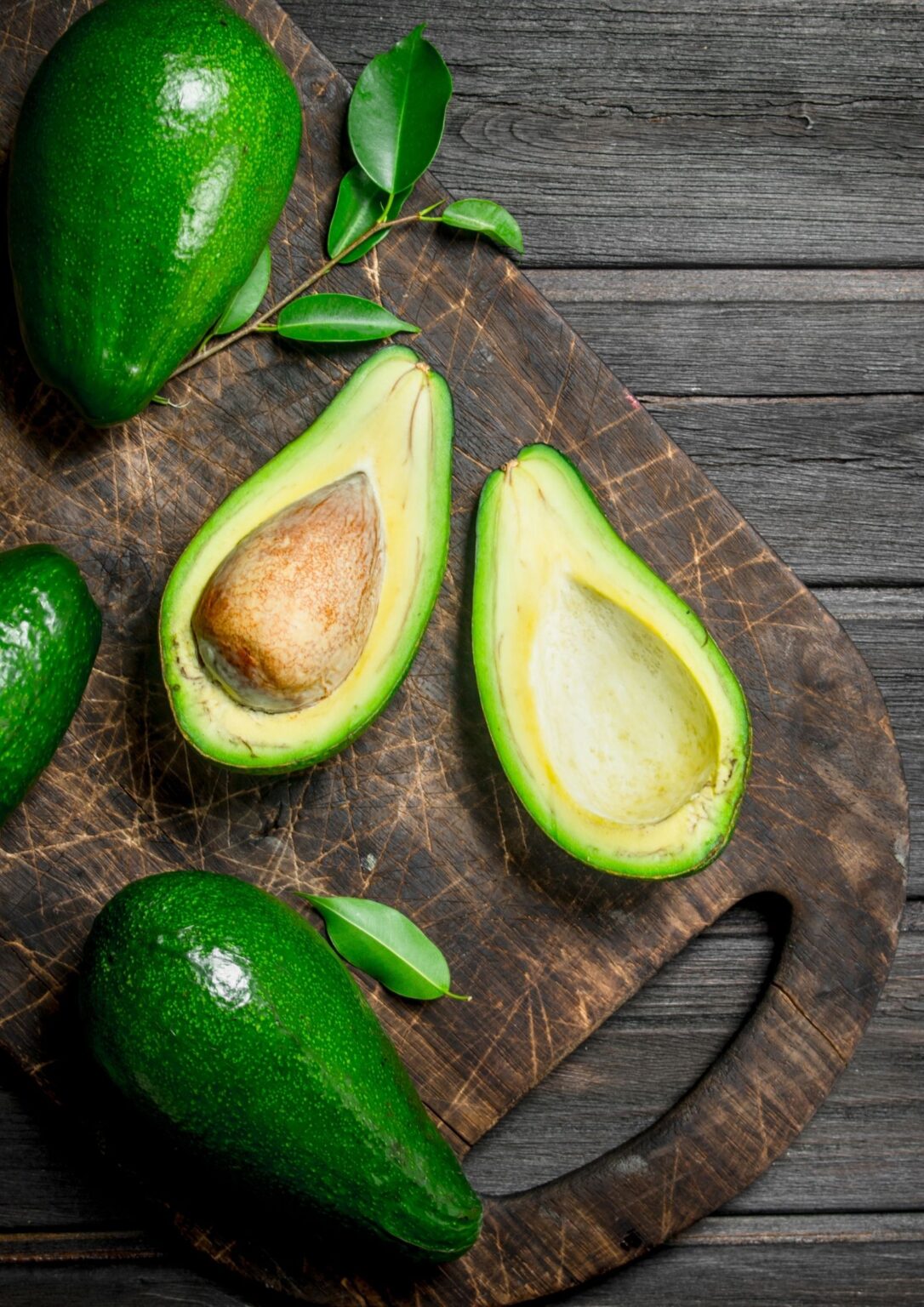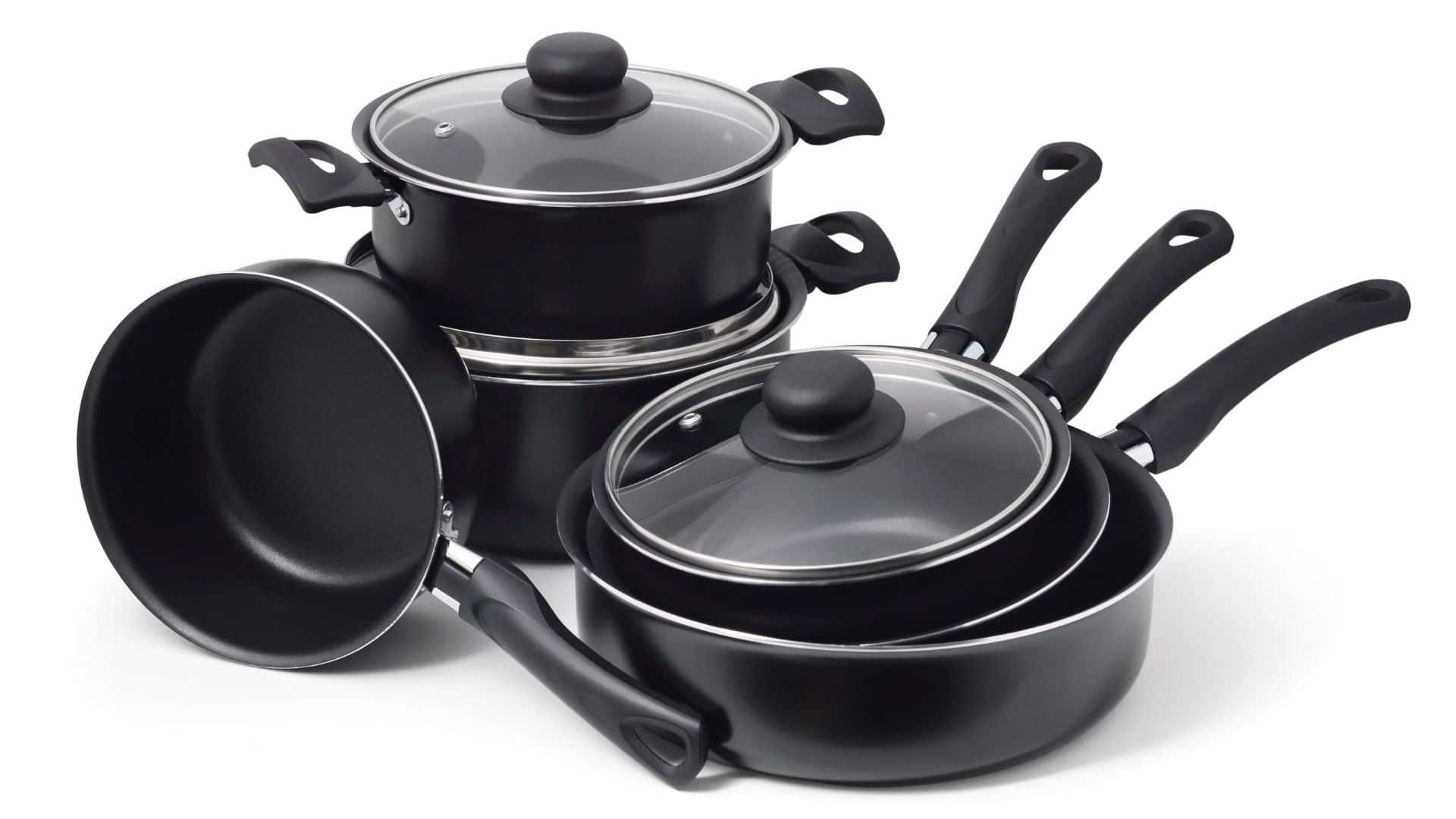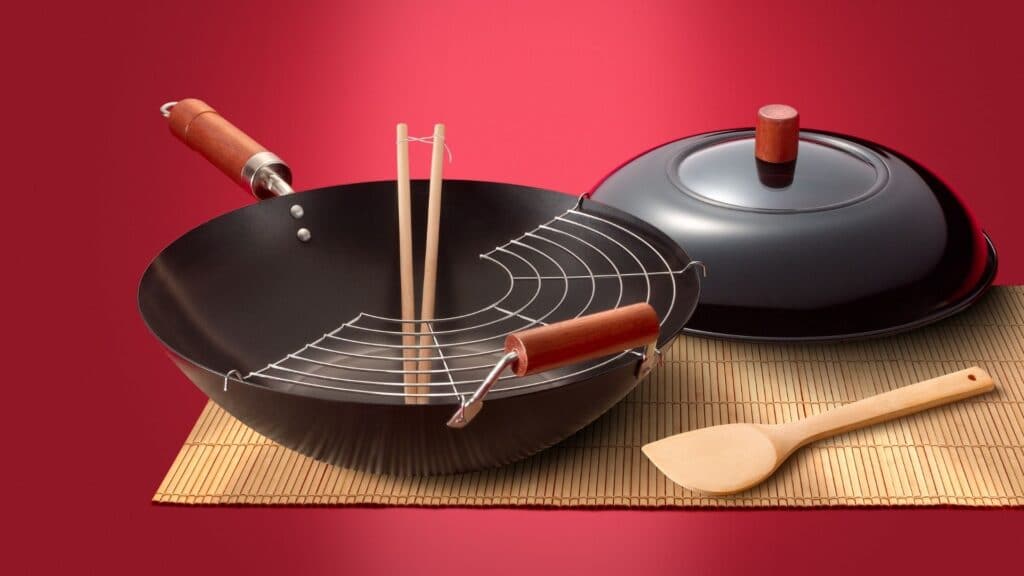Glass Cutting Boards: Selection Criteria and Care

Last Updated: March 1, 2022
Cutting boards are an integral part of every kitchen, on which products are cut, crushed, beaten off for their further use in cooking. There is a wide selection of cutting boards on the modern kitchen market. They can be plastic, silicone, wood, natural and artificial stone, and even glass, which, by the way, are considered one of the most reliable and durable. In this article, we will look specifically at glass cutting boards, learn how to choose the right cutting board and how to care for it.
Specifications
Among all types of cutting surfaces, cutting board is one of the latest inventions that recently hit the market and quickly gained popularity around the world. These glass cutting boards come in a variety of colors — thick and thin, large and small, solid and colored.
For the manufacture of such a cutting board, both ordinary glass and tempered, more durable and reliable glass can be used. As for the thickness of the cutting board, the larger it is, the more functional the product, the longer it will have a service life.
Sizes of a cutting board for cutting various products:
60×40 — 29×29 — 30×40 — 30×52 — 45×30 — 25×25

Pros and Cons
Like any other kitchen fixture, a glass cutting board has both advantages and disadvantages. Let’s take a closer look at both the positive and negative aspects of this kitchen attribute.
The pluses include:
Such a cutting board is made exclusively from environmentally friendly material that is completely safe for humans.
It is very easy and quick to maintain such a surface.
The surface of the cutting board does not rub off.
Each board has four rubber pads-legs located on the back of the cutting board, with their help, the product reliably adheres to the table surface and does not slip.
Attractive and modern appearance, a wide range of designs and shapes and colors.
Long service life.
There are also disadvantages:
The fragility of this type of cutting board is that glass is such a material that you can accidentally break quite easily during use.
Knives that will often be used on such a cutting board can quickly become dull over time.
With intensive cutting of food, unpleasant sounds can be emitted, to which, by the way, you can quickly get used to.
How to Choose?

In a kitchen, a glass cutting board can sometimes be needed. In the beginning of the 21st century, there are a lot of ways to choose between different forms and models of cutting boards. Each has its own advantages and disadvantages. A glass cutting board, like any other kitchen utensil, must be chosen slowly, responsibly, taking into account special criteria.
The size:
A lot of people do not know how to choose the size of their glass cutting board. The size is totally determined by your needs. You need to check out what you are going to use it for and how much space does it take up in your kitchen. Here are a few tips how to decide. Choosing the right size cutting board — if you have limited space, or just need the use of a small cutting board for smaller tasks, the 11×14″ may be suitable.
Whereas those who are preparing food for a family or group of people may want to consider a larger size, such as an 18×24″, or even a 24×30. Boards’ wide size is ideal for bread crusts, roasts and fish; narrow board is perfect for carving meats.
Cutting board thickness:
Glass cutting boards are great for readying food for cooking. The thick glass maintains its form and protects your countertops from the damage that can be caused by the rough surface of a typical plastic cutting board. However, thickness is an important factor to consider when purchasing a glass cutting board because the thicker the board, generally, the more expensive it will be. A shape that can be rectangular, rounded, with or without corners. In this case, choose subsidiary comfort and convenience.
Design decoration:
In the kitchen, you can often find various boards for food preparation, but often they look plain and not much stands out. If harmony in the kitchen is important to you, choose a board that will perfectly match the interior and style of the kitchen. It is important to choose a board that will match your interior, style of your kitchen.
When decorating a board, artists often resort to various drawing techniques: Animals, birds, flowers, vegetables, fruits, landscapes, whole genre pictures can be depicted on the board. Such a product can become an interior decoration of a kitchen, give it a special flavor.
It would be ideal to have several cutting boards in the kitchen: separate for bread, meat and fish. This is appropriate and correct from a hygiene point of view.
How to Care for Your Glass Cutting Board?

The board should be thoroughly washed with a sponge after each use in warm water with the addition of detergent. The glass cutting board is dishwasher safe. Unpleasant odors can be removed with lemon juice and salt. After washing, wipe the glass board thoroughly dry. You need to store the inventory in a dry and protected from moisture place.
When buying a glass cutting kitchen surface, it is better not to save money. The cheaper the product, the sooner its operational period will end, and you will have to buy a new one.
Give preference to a reliable manufacturer whose products are in demand among consumers and have quality certificates. And, of course, be a careful user, do not drop the board, as it can simply split.
Elegant in design and superior in quality, these kitchen accessories are easy to clean and will give years of lasting usage. Glass cutting boards provide a beautiful option that is just as durable as plastic, without harboring bacteria.
Great option for those who desire the beauty and elegance of specialty kitchen accessories, yet desire durability.

Recommended Articles :
Copyright 2024 © Beyond the Embrace
Beyondtheembrace.com is a participant in the Amazon Services LLC Associates Program, an affiliate advertising program designed to provide a means for sites to earn advertising fees by advertising and linking to Amazon.com.




